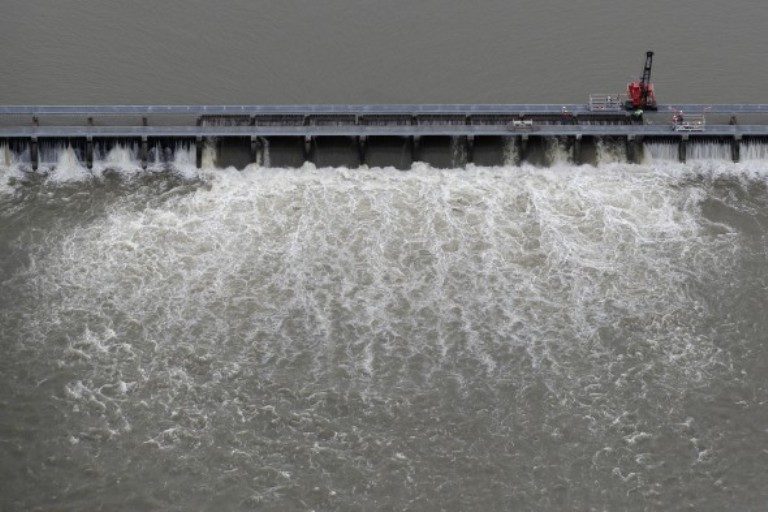
© AP Photo/Gerald HerbertWorkers open bays of the Bonnet Carré Spillway, to divert rising water from the Mississippi River to Lake Pontchartrain, upriver from New Orleans, in Norco, Louisiana, on Friday, May 10, 2019.
As the Mississippi River continues to rise, officials opened the Bonnet Carré Spillway on Friday. Never before has the spillway been opened twice in the same year.
The Army Corps of Engineers opened the Bonnet Carré Spillway Friday afternoon, May 10.
This is the fourteenth operation of the structure since 1937, and the first time it has been opened twice during the same high-water event. The spillway was first opened
this year on Feb. 27.
The decision to open Bonnet Carré was issued by Maj. Gen. Richard G. Kaiser, commander of the Mississippi Valley Division in Vicksburg, Mississippi.
Maj. Gen. Richard "Rick" Kaiser, Commander, Mississippi Valley Division (US Army Corps of Engineers) and President of the Mississippi River Commission, briefed the public on the opening of the Bonnet Carre' Spillway.
"This is the wettest we've been in 124 years," said Maj. Kaiser.
The spillway, located about 12 miles west of New Orleans, diverts floodwaters from the Mississippi River to the Gulf of Mexico via farmlands and Lake Pontchartrain instead of passing near New Orleans and other river communities.



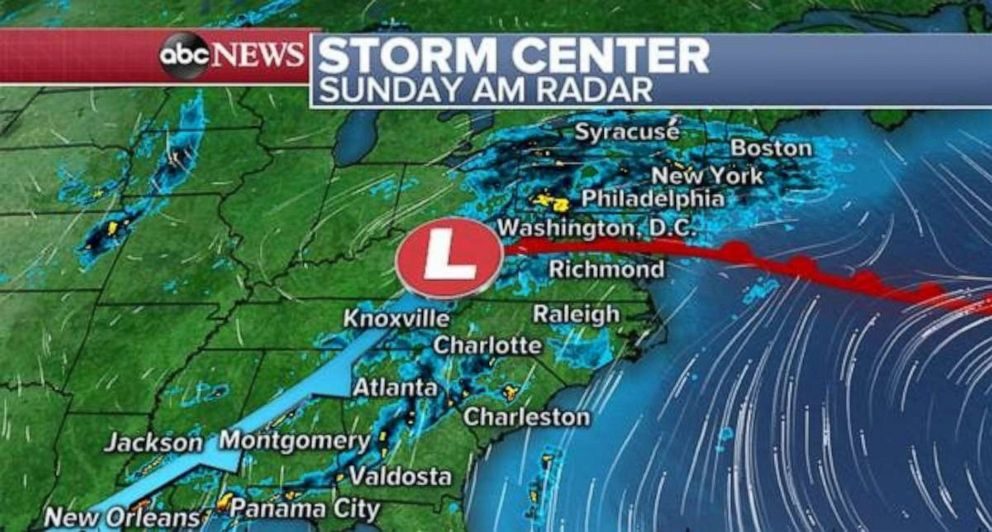

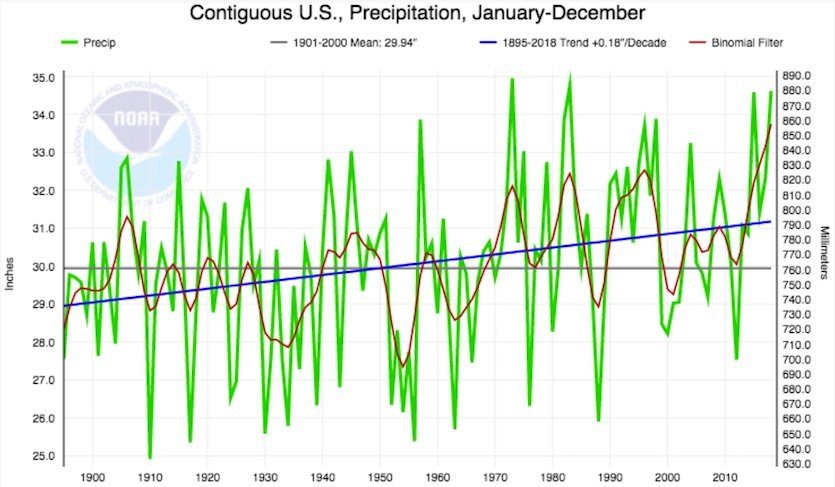
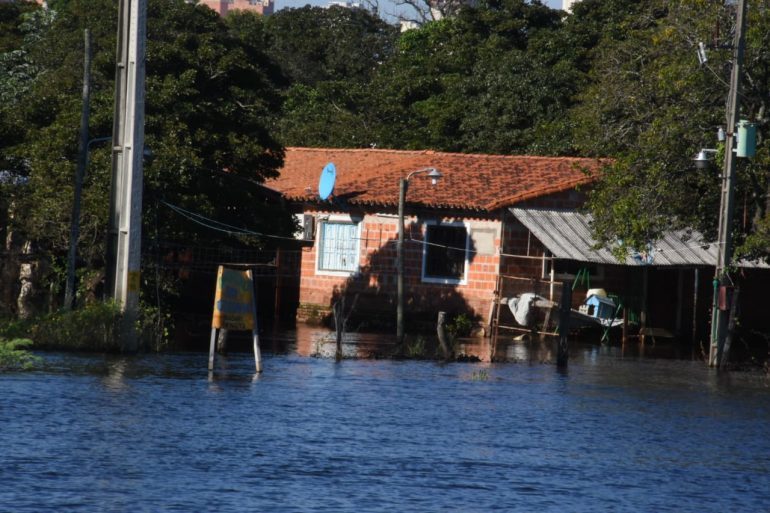
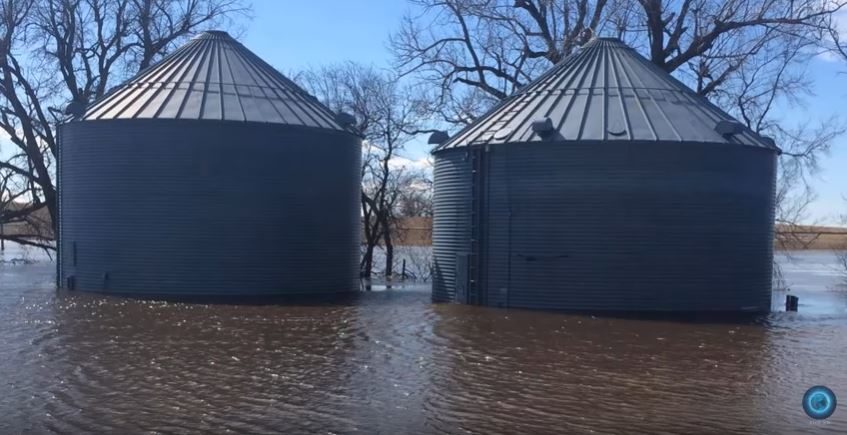
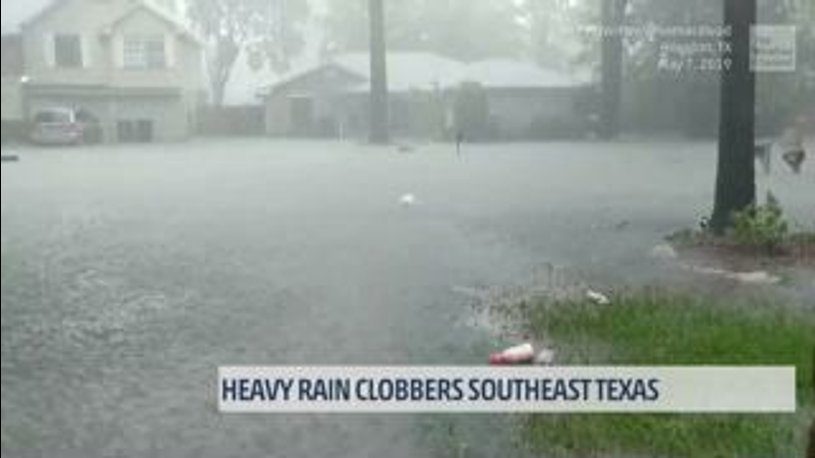
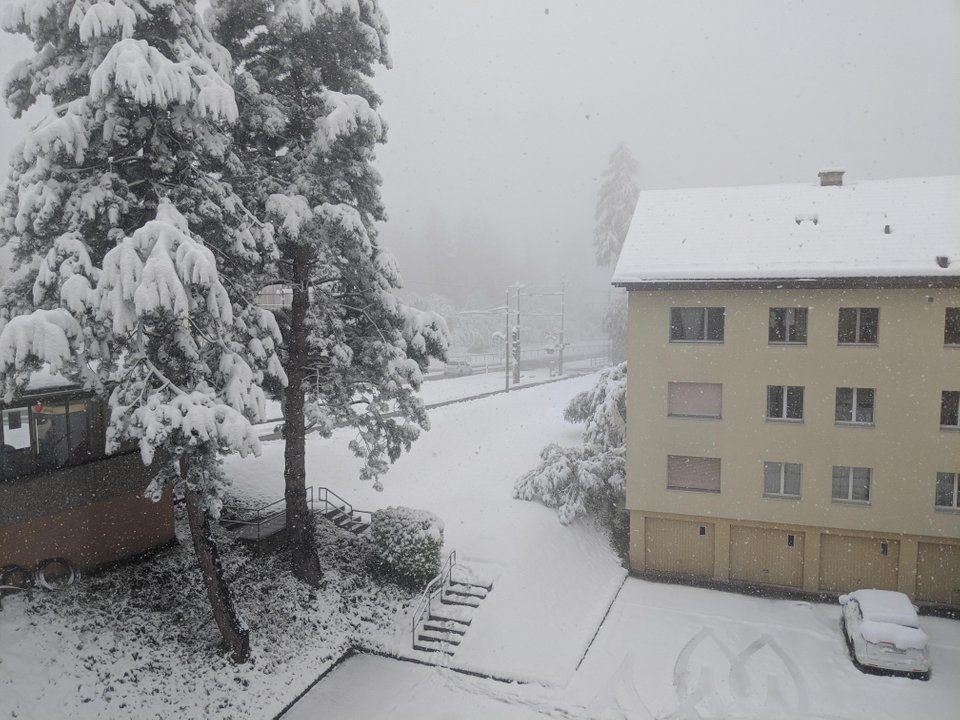



Comment: Historic Mississippi River flooding could extend into June, experts warn